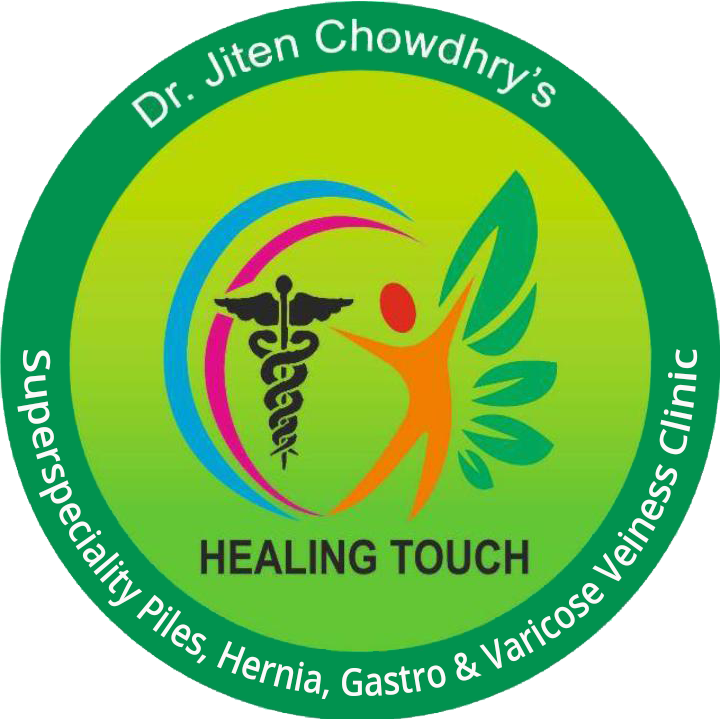Recovering from Fournier’s Gangrene can be a daunting journey. This severe infection is rare but serious. Understanding the path to recovery helps in setting realistic expectations and finding support.
Understanding Fournier’s Gangrene and Its Impact
Fournier’s Gangrene is a fast-moving infection that affects the skin in the lower abdominal area. It’s often sudden and can quickly escalate if not treated promptly. Some of the Fournier’s Gangrene symptoms and signs include swelling, redness, pain, and fever.
Factors like a weakened immune system, diabetes, and infection risks increase the chances of developing this condition. Thus, Fournier’s Gangrene and diabetes often go hand-in-hand, complicating recovery. Treatment usually involves surgery to remove infected tissue, antibiotics, and sometimes hyperbaric oxygen therapy.
While the physical challenges are significant, psychological effects shouldn’t be underestimated. Pain, scarring, and the emotional toll of the disease can be tough. Patients often need support to cope with these challenges.
Recovery Journey: Timeline & Phases
The path to Fournier’s Gangrene recovery occurs in several stages. Right after surgery, you’ll likely stay in the hospital for wound care and monitoring. This period ensures that the infection is under control, and the wound begins to heal.
Once home, the post-hospital phase focuses on maintaining cleanliness, monitoring for infection, and starting gentle movements to prevent stiffness. Long-term rehabilitation varies among individuals. It may include physical therapy and adjustments in lifestyle to regain strength and prevent recurrence.
Factors like age, general health, and the speed of initial treatment impact the recovery timeline. Some recover in weeks, while others may take months.
Practical Tips for Enhanced Recovery
Successful Fournier’s Gangrene treatment requires diligent care and some lifestyle changes. Here are practical tips:
- Wound Care and Infection Monitoring: Keep your surgical site clean and report any changes like increased redness or pus.
- Managing Comorbidities: Conditions like Fournier’s Gangrene and diabetes require careful control of blood sugar levels to enhance healing.
- Rehabilitation Support: Engage in rehabilitation exercises as advised. Regular physical activity supports better mobility and accelerates healing.
- Support Systems: Depend on family, friends, and healthcare providers for physical and emotional support.
Overcoming Potential Recovery Complications
Although recovery is usually smooth, some complications may arise like recurrent infections or delayed wound healing. Early intervention is crucial. Take note of the following tips to handle complications:
- Always consult your doctor at the first sign of trouble.
- Stay informed about Fournier’s Gangrene symptoms and signs.
Preventing these pitfalls involves careful monitoring and maintaining regular communication with healthcare providers.
Role of Support Systems in Recovery
Support is crucial during recovery from Fournier’s Gangrene. Emotional well-being directly affects physical healing. Engage family members and friends for mental support, whether through conversations or daily activities.
Find health communities or support groups. Shared experiences can provide comfort and practical advice.
Nutrition and Lifestyle Adjustments
For faster recovery, make positive diet changes:
- Nutrient-Rich Diet: Eat foods rich in vitamins and proteins. They help repair tissues.
- Hydration: Drink plenty of water to aid bodily functions.
- Lifestyle Changes: Prioritize sleep; your body heals as you rest.
Such adjustments not only help in recovery but also in the prevention of Fournier’s Gangrene recurrence. Maintaining a healthy weight and reducing stress through activities like yoga can enhance overall well-being.
Long-term Self-care and Follow-Up Importance
Continuity in care is vital. Regular Fournier’s Gangrene follow up care helps catch any health issues early. Routine check-ups with your doctor can monitor condition, manage scars, and maintain good health.
Communication is key. Talk to healthcare providers about concerns and progress. It’s as important as any medical procedure.
While Fournier’s Gangrene recovery can be challenging, proper care and support make it manageable. Stay informed, communicate openly with doctors, and stick to recovery plans.
If you or a loved one is dealing with this condition, seek medical advice promptly. Support from healthcare providers and loved ones turns recovery hurdles into manageable steps.
Experience expert care with Jiten Chowdary, dedicated to your health and well-being. Whether you’re seeking treatment or personalized advice, trust in a professional who puts your needs first. Book your consultation today and take the first step towards a healthier future!”


